Naranappa, a man born in the community of Madhwa (A community of Brahmins from Karnataka) is dead in the Agrahara of the village Durvasapura. As per the Madhwa customs, the last rites of the dead man has to be performed at the earliest. But, Naranappa was a rebel who fought against Brahminism, who ate meat, consumed liquor and also, married a Dasi (a prostitute). Since, he doesn’t have any family, there is some confusion as to who will do the last rites and fire the funeral pyre. Praneshacharya, the head of the Agrahara, a devout and learned Brahmin, is tasked with providing the solution.
|
Language:
|
Kannada
|
|
Running Time:
|
113 min
|
|
Rating:
|
A
|
|
Release date:
|
13 May 1970
|
|
Directed by:
|
Pattabhirama Reddy
Singeetham Srinivasa Rao
|
|
Produced by:
|
Pattabhirama Reddy
|
|
Written by:
|
U. R. Ananthamurthy
Girish Karnad
|
|
Starring:
|
Girish Karnad
Snehalatha Reddy
P. Lankesh
B. R. Jayaram
Dasharathi Dikshith
Pradhan
Lakshmi Krishnamurthy
|
|
Music by:
|
Rajeev Taranath
|
|
Shot by:
|
Tom Cowan
|
|
Editing by:
|
Steven Cartaw
Vasu
|
|
Distributed by:
|
Rama Manohara Chithra
|
What’s Hot
What’s Not
Badges
Screened at
Verdict



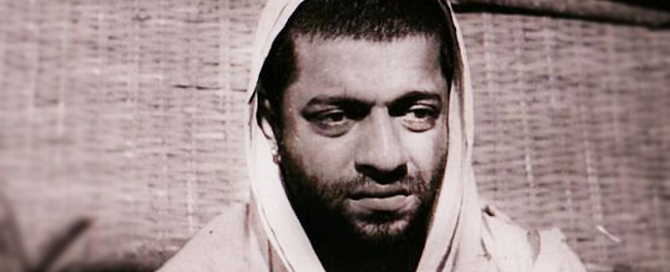
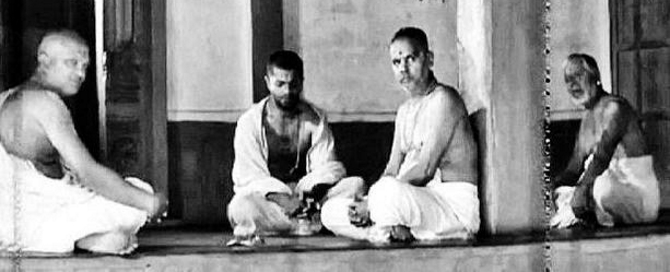




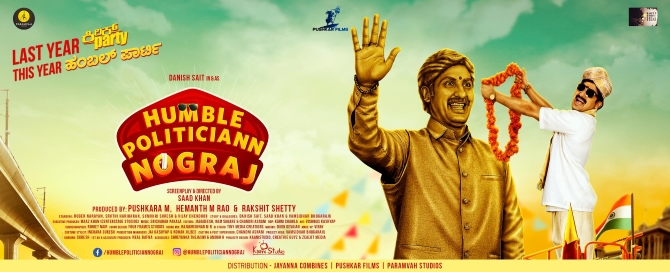
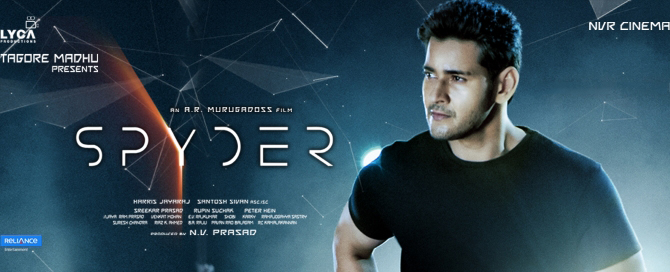
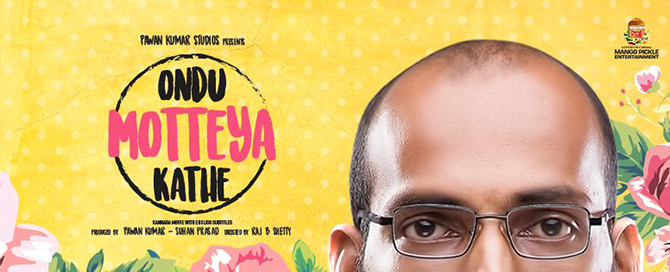
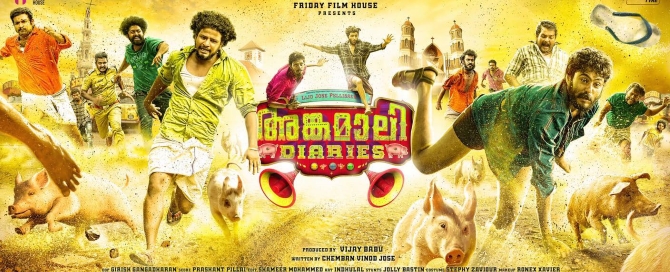

Leave A Comment